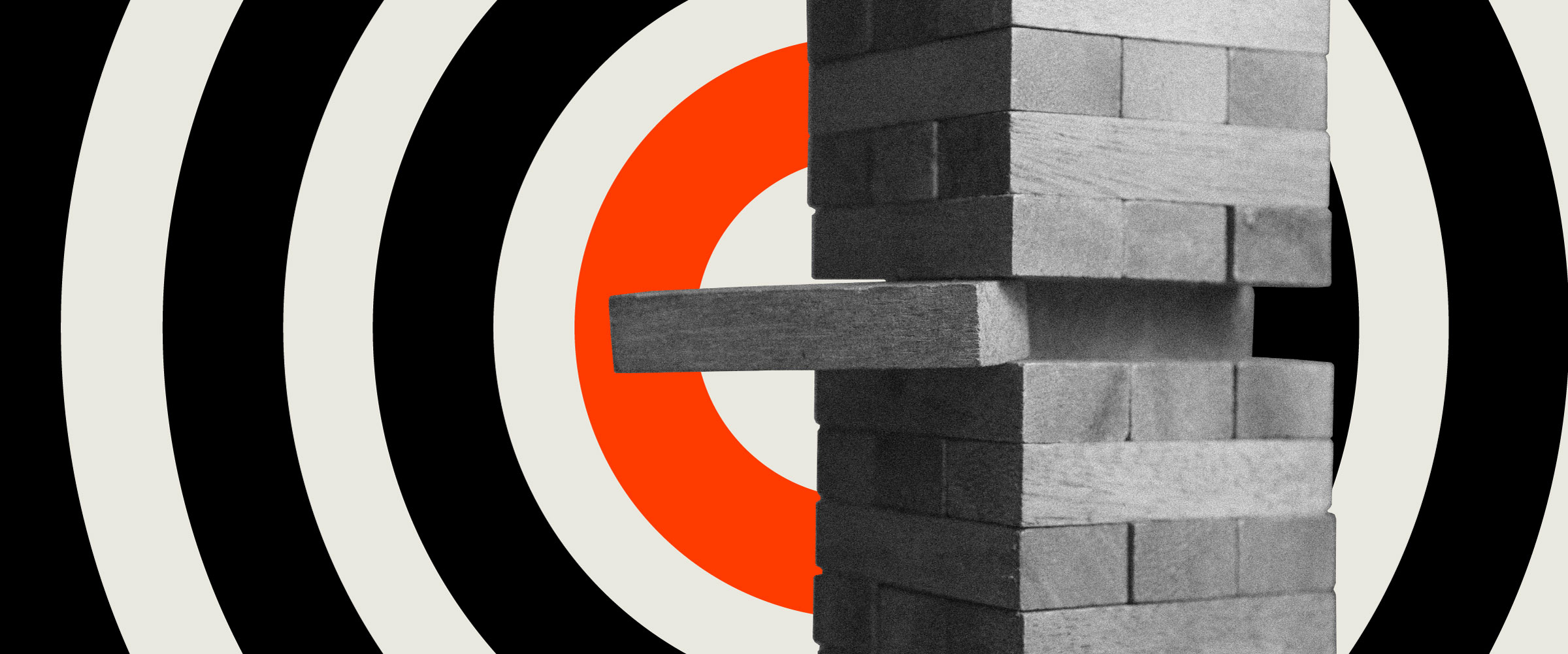
Brand disruption means breaking away from the marketing norm and doing things differently: differentiating your brand look and feel, your brand voice, how you design your packaging, how you advertise and, of course, creating an innovative product. But many brands try to disrupt for the sake of disruption and don’t deliver on the promise of disruption — which is to meet a consumer need or fill a gap in the market. To be disruptive, the product strategy, business model and marketing have to all follow suit. Disruption has to be holistic; otherwise, it won’t work.
According to Alan Kay, an American computer scientist, “The best way to predict the future is to invent it.”
Two of today’s most established brands, Apple and Coca-Cola, when initially launched, were the most successful disruptors in their sectors. Their disruptions became a part of the culture, and their original ideas have sustained them over time. But their challenge is to maintain — because all brands peak and become targets for upstart disruptors. A good example is Tesla, which has disrupted the auto industry. The established players, burdened by the legacy of businesses built on old paradigms, can’t innovate and disrupt with the efficiency that Tesla can.
A quick & dirty guide to assessing your “disruptability”
Whether you’re an existing business looking to break into a new market or a budding entrepreneur with a new idea, brand disruption can either help you or hurt you.
Here are three questions to consider:
1. Is there an unmet customer need in the market that you can identify and solve?
Don’t disrupt just to disrupt. There needs to be a real purpose that solves a customer need, and the solution needs to be authentic.
Finding your purpose and crafting solutions is a task business leaders should be doing consistently: analyzing markets, listening to customers. To understand unmet customer needs, you have to dig and get feedback. Traditionally, we did this with focus groups. Today, there are many compelling digital platforms, some AI-driven, that are great at tracking customer attitudes and behaviors to reveal insights that customers may typically not be able to articulate.
2. Are you the best company to deliver this solution?
Do you have the right people and infrastructure to make it work? How will disruption affect your core customer base? Will it alienate them or will it empower them? Do you have any data to support your findings and theories?
With customer insights in hand and a big disruptive idea, take the time to prototype and test on a segment of clients to see if it’s sticky. Start small. Set up landing pages with feedback loops and shopping carts to see what works. If sales or the right feedback comes, you know it’s a winner. If not, try something new.
3. Will you fall behind the marketplace if you don’t disrupt?
According to research, 51% of executives report a high level of risk to their organizations over the next five years due to disruption by competitors. If you want to maintain market share and revenue, disruption might be a necessary need.
Done Well, Disruption Can Lead To Explosive Growth
Disruption is a carefully-crafted solution that can be the key to explosive growth. Here are some high-profile examples that demonstrate brand disruption done right:
Oatly: This brand’s recent disruption deserves recognition. Oatly, an oat milk company, has taken the plant-based milk industry (and the milk industry, for that matter) by storm by delivering better-tasting oat milk with a hip, modern brand identity and voice that thumbs its nose at traditional and alternative milk brands.
Harry’s: The traditional customer journey for buying razors was frustrating, having been more of a hassle than shaving itself. Harry’s and Dollar Shave Club disrupted this tired old sector by delivering shaving products on a subscription model, along with sophisticated branding that makes shaving fun again.
Casper: Until Casper came along, the antiquated mattress industry had long been unmoved by market trends. Casper disrupted the “same old, same old” by pioneering an online-only, direct-to-consumer, mattress-in-a-box business model, paired with modern personality-packed branding that appeals to every type of sleeper.
Lemonade: Using a unique combination of AI-driven interface, behavioral economic principles, iconoclastic branding and creative advertising techniques, Lemonade has successfully disrupted and redefined the insurance industry.
But sometimes fitting in can be the right strategy
An interesting example of an industry where adhering to a marketing formula creates automatic brand trust: the fashion industry. When you take a look at the top fashion brands, their brand identities have distinct similarities that make them form a kind of clan. Bold black-on-white logos with uppercase lettering. Bold stand-alone icons that rarely lock up with the primary logo and get used as beacons on products. Highly-sophisticated photographic stories with limited messaging allowing the products to speak for the brand. When done right, fashion insiders and consumers intuitively recognize and are drawn to fashion brands that follow these best branding practices. It’s a formula that works. It’s the opposite of disruption.
Disruption is more than just a buzzword
Successful brand disruption is a perfect storm of market need, differentiated product and strategic branding. When all of these elements are in place, it carries great power and can deliver a unique competitive advantage. But disruption is not a short-term project. It’s a persistent long-term battle that takes bold courage and innovation to succeed. Proceed wisely.
